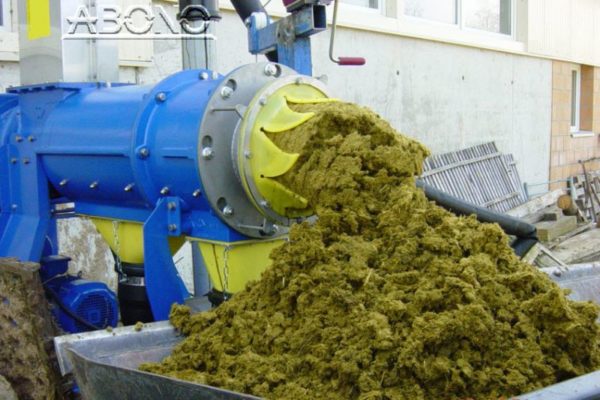In order to dispose of manure it is necessary not only a special place, but also a lot of money. If private owners completely use it in their gardens in large quantities, then agrarian farms have long since begun to process valuable raw materials into biogas. The process, as it turns out, is accessible to everyone. On the technology of production and production further our article.
Table of contents
What is bio gas
In essence, this gas belongs to environmentally friendly sources of fuel. Its characteristics are such that it is quite similar to natural gas, which is produced by industrial companies. The scale of this resource is huge.
Biogas can be considered an alternative fuel, since its production requires animal waste, which is sufficient in agriculture. As a result of high-quality processing, a colorless gas is obtained which does not have a characteristic odor and contains in its composition about 70% of methane.
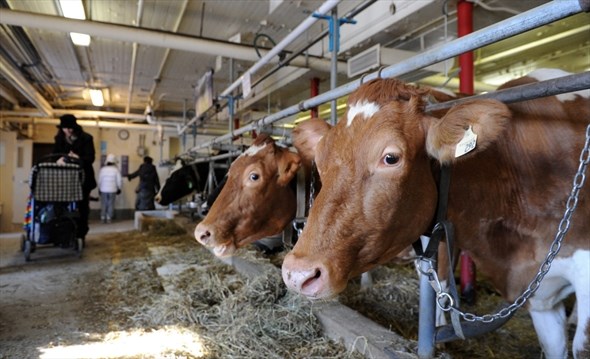
Is it possible to get biogas from manure
Certainly possible. And to do it is quite simple. First of all, you need to equip a special place and equip it with the necessary reservoir. But it should be remembered that for processing will need a lot of biomass. For reference, 1 ton of manure can turn into 100 cubic meters. m of fuel needed.
How is biogas produced:
- The industrial scale of fuel production implies a special bioreactor. With the participation of anaerobic bacteria, the process of processing raw materials takes place in it. Fermentation takes place in the biomass and it lasts a certain time. It is important to prevent the entry of clean air. The duration of this stage directly depends on how much biomass was placed in the reactor.
- When this stage is at its peak, there is a continuous release of gas mass. It consists of: methane - 60% or more, carbon dioxide - 35% and 5% of other substances. Often, specialists in this field find particles of hydrogen sulfide in the composition of this mixture.
- With continuous production of gas, it is constantly removed from the bioreactor for cleaning.
- The processing process stops and biogas begins to be used for its intended purpose, clean the installation. Waste is extracted from it, which is subsequently sent to fertilize fields.
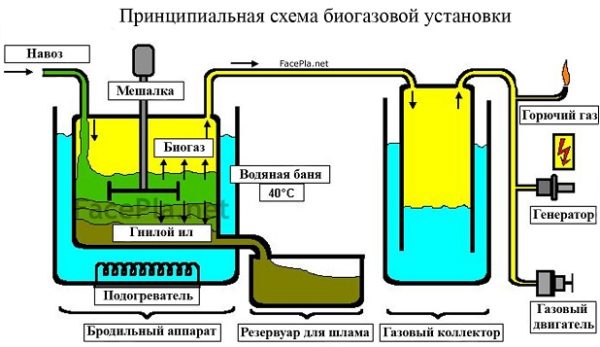
Stages of receiving and recycling
Biofuels can be developed in the country or directly in their area. To do this, choose the most spacious and safe place to build structures.Then you need to build a special container of concrete. With proper arrangement and the absence of cracks, it will serve as a real reactor.
Before you start construction, you need to consider that the spent manure should be easily retrieved after processing. The solution is simple - prepare a special hole in advance, possibly with a pipe. It must be equipped so that full tightness of the whole structure is observed. It will be effective only if the gases do not evaporate.
The choice of tank size depends on how much manure appears on the farm daily. Whether it is an ordinary yard with a small number of livestock or a full-fledged farm, in any case, the bioreactor needs to be filled no more than two-thirds of its total volume. Only in this way will the fermentation process proceed properly.
- You can use special heating elements that are installed under the tank.
- Connect a small coil to the central heating system and lead it under the tank.
- You can directly heat the reactor with powerful electric-type heaters.
Options for plants for fuel
Each type of equipment is designed for use in a particular area. The choice is usually influenced by weather conditions. If the climate is warm - you can get by with an inexpensive, simplified installation. Under severe conditions, additional mechanisms will be needed.
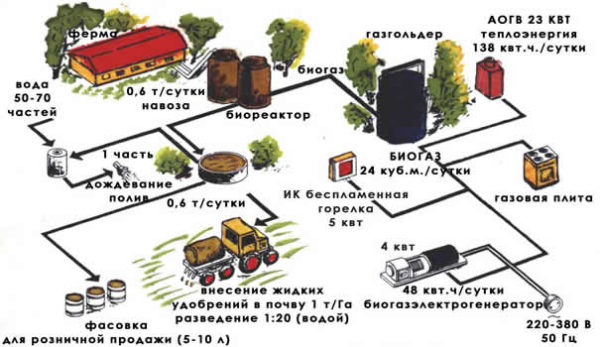
Main types:
- Installation, designed for manual loading, in which there is no function of mixing and heating. One of the most simple and common variations. Can be used at home. Manure processing - up to 200 kg per day.
- Equipment with manual loading and the possibility of mixing biomass. More efficient equipment at the same low cost.
- The updated system, providing for manual loading, heating manure and its mixing. A more expensive equipment option with a reactor heated by a special boiler. It works on constantly developing biogas.Pocket for industrial firms.
- The installation, which includes a pneumatic mass mixing mechanism, heating, a gas-holder and manual loading.
- Fully automated kit for agricultural and livestock firms. Expensive and most productive.
The principle of operation of the equipment
The use of all equipment is as follows:
- Waste is loaded;
- Tightly closed tank;
- It starts heating the mass;
- Gas mixture is released;
- Biogas is cleaned and diverted for further use.
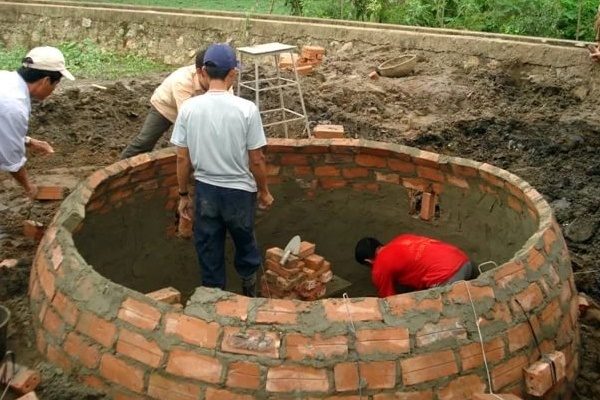
Scheme homemade installation
Make the entire processing structure is quite simple. Need to do:
- Reactor, based on the volume of manure;
- Special support for the reactor where waste will be collected;
- Valve;
- Tube for biogas removal;
- Heating mechanism
How to use fuel in the economy
With the help of this type of fuel, which will be constantly produced at the site, it is possible to fully heat the house and some other facilities. If there is a lot of livestock, weft volume of manure will allow to produce enough “free” ecologically clean gas for heating even a two-story building.
The second way to use it is to consume carbon dioxide. This is easy to do with water.
Each private owner who keeps the farm can acquire productive equipment for the production of biogas. In addition, you can design it yourself. It is necessary to consider the climatic conditions and the volume of raw materials. As a result, the benefits of using this fuel will be very tangible.
